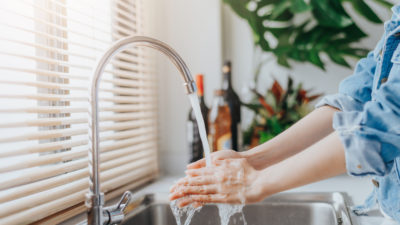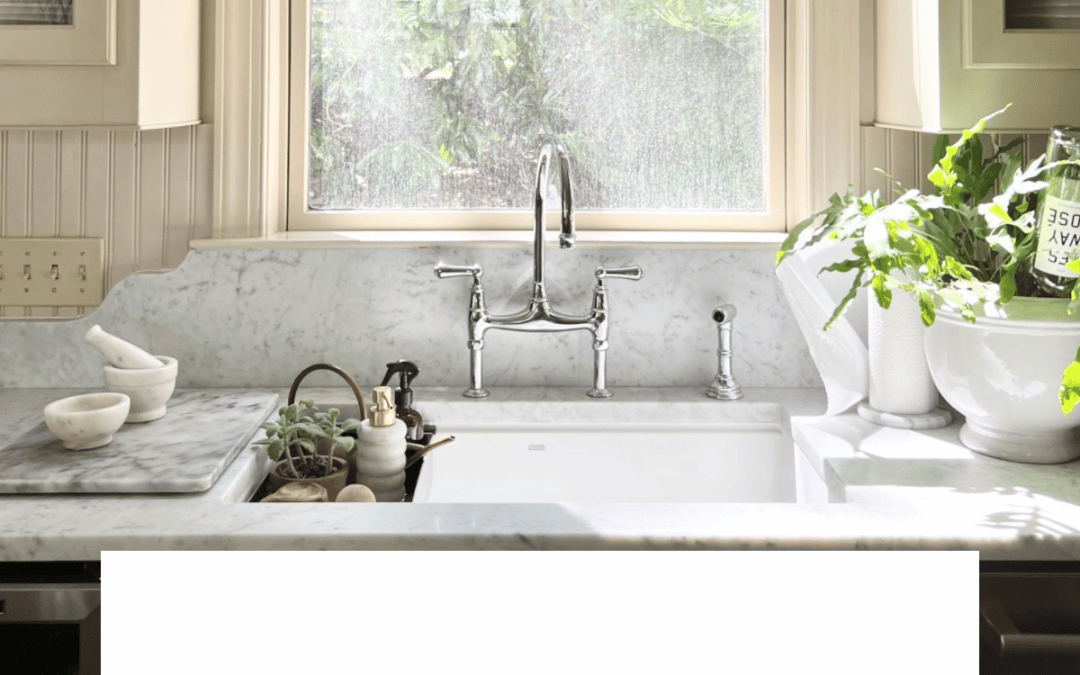Leading Ways to Maintain Your Plumbing From Bursting in Cold Temperatures
Leading Ways to Maintain Your Plumbing From Bursting in Cold Temperatures
Blog Article
This post following next relating to Prevent Freezing and Bursting Pipes is unquestionably attention-grabbing. You should give it a look.

All home owners who reside in warm climates should do their best to winterize their pipes. It is something you need to do throughout fall before deep wintertime absolutely begins. Failure to do so can lead to catastrophe like frozen, fractured, or burst pipelines. If the weather outside is shocking, below are some convenient winterizing hacks to maintain your plumbing system safeguarded even.
Activate the Faucets
When the temperature drops as well as it appears as if the cold temperature level will last, it will certainly help to turn on your water both indoors and outdoors. This will keep the water flowing through your plumbing systems. Furthermore, the activity will certainly decrease the freezing process. Notably, there's no demand to transform it on full force. You'll wind up throwing away gallons of water by doing this. Rather, aim for about 5 drops per minute.
Open Up Closet Doors Hiding Plumbing
It would be useful to open cabinet doors that are camouflaging your pipelines when it's chilly outside. For instance, they could be somewhere in your kitchen or washroom. This will enable the warm air from your heating system to distribute there. As a result, you stop these exposed pipes from cold. Doing this small technique can maintain your pipelines cozy and also restrict the possibly dangerous outcomes of freezing temperatures.
Take Some Time to Cover Exposed Piping
One simple as well as cool hack to warm up frigid pipes is to cover them with cozy towels. You can additionally utilize pre-soaked towels in hot water, simply don't forget to put on safety handwear covers to protect your hands from the heat.
Attempt a Hair Dryer or Warm Gun
When your pipelines are virtually freezing, your dependable hair clothes dryer or warm gun is a blessing. If the warm towels do not help remove any type of settling ice in your pipes, bowling hot air directly right into them might aid. You might end up damaging your pipelines while attempting to thaw the ice.
When Pipelines are Frozen, close Off Water
Shut off the main water shutoff quickly if you see that your pipes are completely icy or practically nearing that phase. You will generally locate this in your cellar or laundry room near the heater or the front wall surface closest to the street. Transform it off as soon as possible to stop further damage.
Do not forget to shut external water sources, also, such as your connection for the yard home. Doing this will avoid additional water from filling out your plumbing system. However, with more water, more ice will certainly pile up, which will at some point cause burst pipelines. It is best to call a professional plumber for an evaluation if you are not sure concerning the state of your pipes this wintertime. Taking this aggressive strategy can conserve you hundreds of bucks out of commission.
All house owners that live in temperate climates need to do their best to winterize their pipes. Failure to do so can spell calamity like icy, broken, or burst pipelines. If the hot towels do not aid displace any kind of working out ice in your pipelines, bowling hot air straight into them might aid. Turn off the primary water shutoff promptly if you notice that your pipes are totally icy or almost nearing that stage. With more water, more ice will certainly load up, which will at some point lead to break pipes.
PREVENT YOUR PIPES FROM FREEZING THIS WINTER
A Leading Cause of Property Damage
When the weather is taking a deep nose dive into the cold dreary days, the risk of your pipes freezing and potentially bursting skyrockets. Unfortunately, during these cold dreary months, burst pipes are the most common denominator for property damage. The pipes that are most at the risk are those that are in areas where it is most cold in your home. For instance, pipes located in interior places such as basements, attics, and your garage. Unfortunately, that doesn’t mean that the pipes running through your cabinets or exterior walls can’t freeze. Good news, however, is that you can do things to help prevent pipes from freezing.
How to Prevent Pipes From Freezing
Once the temperature starts to drop during the winter, you should be taking the proper measures needed to ensure that your pipes stay warm and that there is circulation of water through them. Some steps that experts may recommend could go against your better judgement when it comes to saving water and heat. However, it would go without saying that when expenses are compared, damaged pipes could put a bigger dent in your wallet than a water bill.
What Can I Do?
Keep your garage door closed. This is very important, especially if you have water supply lines running through your garage. Open your kitchen and bathroom cabinets to allow warm air to circulate through them. Allow air circulation throughout your home. Keeping the interior doors open will once again allow the warm air to circulate inside your home. Ensure your thermostat is running the same temperature throughout the night and day. If you plan to be away from home during the cold months, set your temperature no lower than 55° F. This should provide enough heat to keep the pipes warm and prevent any remaining water inside the pipes from freezing. For more of a long-term solution, add insulation to attics, basement, and other crawl spaces around your home. By allowing your faucet to drip, it will alleviate pressure in the system. This is important because the pressure that is created between the blockage and the faucet can potentially cause the pipes to burst. Allowing the faucet to drip will prevent the pressure from building up, therefore keeping the pipes from bursting. Seal any cracks, openings, and crawl spaces around your home to prevent cold air from coming inside. This keeps your pipes-not to mention your home-warmer and less susceptible to issues caused by freezing temperatures. For the pipes in your home that are easily accessible, applying electrical tape to them might prevent them from freezing over. This is a quick fix, as you can apply the tape directly to the pipe. There are two options for heating tapes. One turns on and off by itself when it senses heat is needed. The other type of heating tape needs to be applied when heat is needed and removed when not necessary. If you have exposed pipes in your home, you can check this website to take a look at a few options that would be available at a shop near you.

I found that review about How to Prevent Frozen Pipes while doing a lookup on the search engines. Sharing is nice. One never knows, you might be doing someone a favor. Thank-you for going through it.
Explore Report this page